Do you usually feel a shock when you lay your finger on the car handle? This can happen when you are getting out of your car. The shocks happen because of the contact of two opposite charges specifically the car seat and you. While the static shock is not that harmful, it can be painful sometimes and annoying.
What exactly cause these shocks? What are the ways on how to avoid or get rid of it? Fortunately, everything you want to know is in this article right here on Philkotse.com.
1. What is the meaning of static electricity?
First of all, let us dig deeper into the meaning of static electricity before going to the steps on how to reduce it. The formation of electric charges on the objects is called static electricity. It is the movement of electrons from one object to another when they make contact. If the objects are both insulators, an electrical charge will be formed.
One of the objects will be having a positive due to the absence of electrons while the other will be having a negative charge because of the additional electrons. If these charged objects make contact with a conductor, it will cause the charge to neutralize itself producing a static electric shock.
For example, if you walk in the wool carpet in your house wearing rubber shoes, a charge will be build up to your body. Then, when you make contact with a conductor like a metal doorknob, static electricity happens. Static electricity is more often during the dry winter season because of the presence of dry air which is an insulator also.
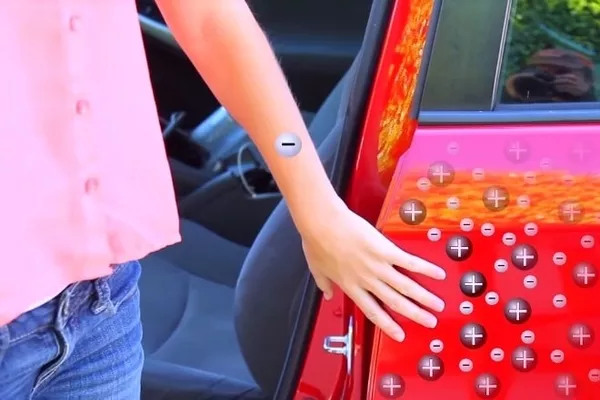
The formation of electric charges on the objects is called static electricity
>>> Read more: What happens when your car is struck by lightning?
2. 2 simple methods to get rid of static electricity
Now that we already have knowledge about the static electricity, let us move on how to reduce or minimize experiencing it. First, let us learn how to discharge the static safely.
Method 1: Discharging of Static Electricity
Step #1.
Touch a metal frame upon exiting your car. This is very important because most static shocks occur because of the two opposite charges picked up by the car and by you. If you leave the car, the charges will be separated which can cause static electricity.
Holding a metal part of the car as you exit to let the static electricity to be discharged preventing you from static shock. To make sure that you will not get shocked, grab to a bare metal instead of the painted one.

Touch a metal frame upon exiting your car
Step #2.
Use another form of metal to touch your car. One of the metal objects you can use is a coin to make contact with your car once you get out. You may possibly see spark travel between the coin and the car but don’t worry it is harmless.
Do not use a metal object that is equipped with an electronic chip. The shock might destroy the chip inside and make the object unusable.
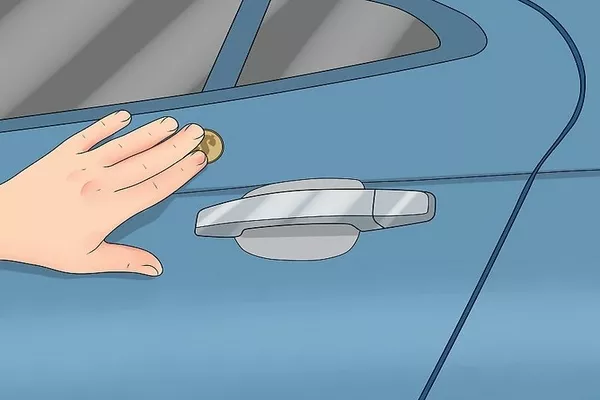
Use another form of metal to touch your car
Step #3.
Tap the car’s window for a few seconds. If you don’t have any metal object with you and you are already outside the car, place your hand on the car’s window for some time. Car’s window is less conductive than metal because it is glass. The charge will pass through you but only gentle thus no shock will occur.
After learning what to do to release static electricity, next is the prevention of it.
>>> Also check: Driving under stormy weather: A driver’s must-know.
Method 2: Preventing Static Electricity
Step #1.
Wear leather shoes or shoes having conductive soles. Most shoes especially made by plastic or rubber insulate you to the ground. But, if you wear leather shoes or shoes with electrical static discharge (ESD), an electric charge will not be build up to your body.
In case you get a charge when you ride a car, it will only flow through the leather shoes as you step on the ground.
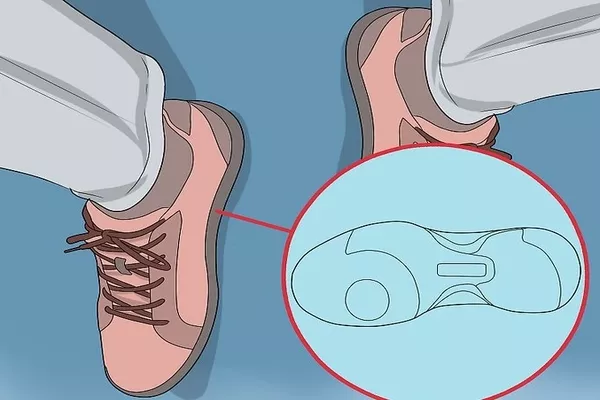
Wear leather shoes or shoes having conductive soles
Step #2.
Use fabric softener to your car seats when washing it. Using a fabric softener on the car seats can remove the static cling for at least a few days. You can also prepare an alternative one and use it. Mix about 5 ml of the liquid fabric softener with water. Spray it to the seats after mixing properly.
Make sure that the fabric softener you will spray is safe to the seats. You can do a test run first on a small part of the seat and see if it is compatible.
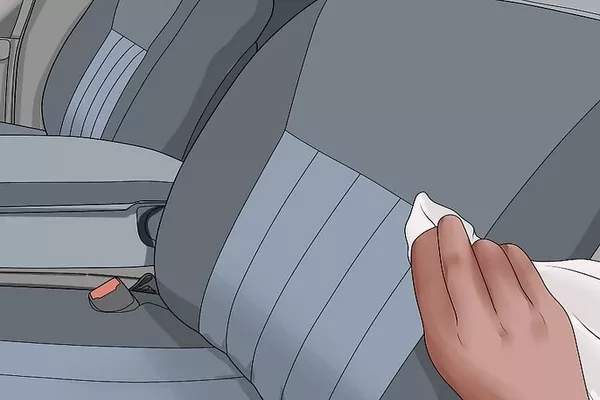
Use fabric softener to your car seats when washing it
Step #3.
Be aware of the clothes you wear. Synthetic materials increase the chance of getting a static shock. Natural fibers such as cotton or wool can also create a high charge. So, be very careful when you are wearing polyester clothes.
Step #4.
If you have tires that are nonconductive, put a grounding strap to it. This kind of tires is called low rolling resistance. It is made out of silica and is a poor electrical conductor. So, the car can get a static charge while you drive since the nonconductive tires are unable to discharge it to the ground.
A grounding strap is attached to the tire so that the static charge can be discharged. Some of the old cars use plain rubber tires having the same problem as mentioned.
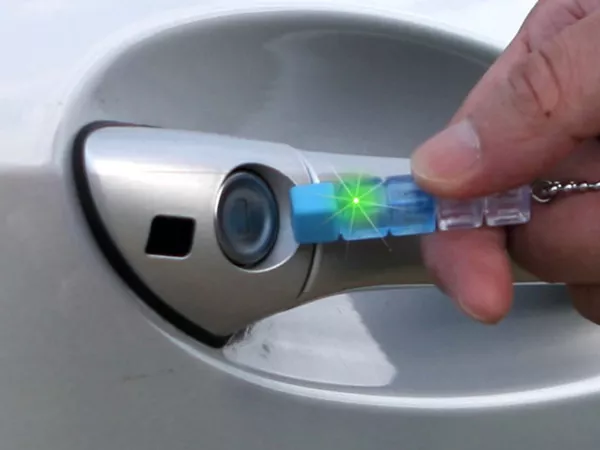
Static shocks may still occur, but the charge is between the car and you, not the ground and the car
On the other hand, ordinary tires are equipped with carbon block which is a good conductive material. Having an electrical discharge strap or grounding strap is the same as these tires. Static shocks may still occur, but the charge is between the car and you, not the ground and the car.
It is helpful to know something about this static shock. Even though it is harmless, it is still the best choice to stay safe always. Remember to always be careful when you are riding on a car. Check the clothes you use, the shoes you wear, and the tires of your car. Don’t forget to apply what you have read into your daily living.
Find this information helpful? Refer to our car tips and advice for more.
Recent posts
- 7 car features that help older drivers to drive safely Nov 30, 2022
- Driving 101: 5 steps to safely drive through sharply curved roads Feb 28, 2019
- A short guide for Filipino drivers to safely drive in the mud Jan 22, 2019
- 9 tips to take care of your car before the upcoming wet season Mar 28, 2018
- How to drive safely in heavy rain: 5 essential tips Dec 05, 2017











